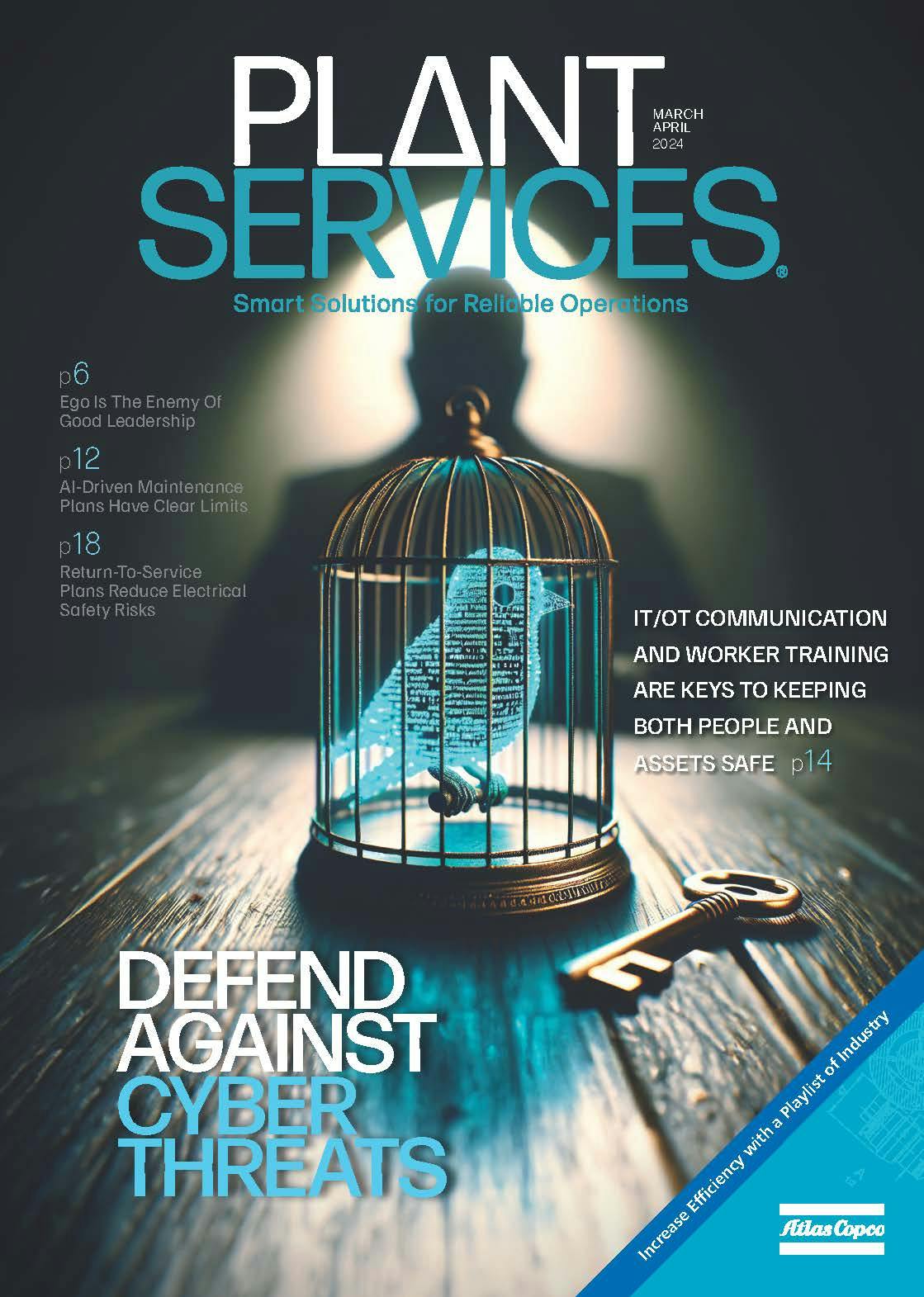Reliability and safety are closely related in the context of equipment and operations. By prioritizing reliability in equipment, processes, and systems, businesses can effectively mitigate risks, reduce accidents, and ensure a safer working environment for employees.
Here's how reliability can contribute to reducing safety risks:
- Equipment failures: Unreliable equipment is more prone to unexpected failures, which can result in safety hazards such as fires, explosions, or machinery malfunctions. Reliable equipment is less likely to fail unexpectedly, reducing the risk of accidents.
- Consistent performance: Reliable equipment tends to perform consistently according to its specifications. This predictability allows operators and maintenance personnel to understand and manage potential safety risks more effectively.
- Proper functioning of safety systems: Many safety systems depend on the reliable operation of equipment. For example, emergency shutdown systems rely on reliable sensors and actuators to function correctly in case of a safety hazard.
- Reduced downtime: Unplanned downtime due to equipment failures can lead to rushed repairs or temporary fixes that may compromise safety. Reliable equipment reduces the likelihood of such downtime, allowing for more thorough maintenance and repair procedures.
- Operator confidence: Operators working with reliable equipment are more likely to have confidence in its performance, which can lead to safer operating practices and better decision-making in hazardous situations.
- Regulatory compliance: In many industries, regulatory standards require equipment to be maintained and operated reliably to ensure the safety of workers and the environment. Reliable equipment helps organizations comply with these standards.

Check out the latest issue of Plant Services and learn how to defend against cyber-threats, how to reduce safety risks, how to utilize AI to improve PM, and more.
Overall, reliability plays a crucial role in reducing safety risks by minimizing equipment failures, ensuring consistent performance, and promoting confidence in safety systems and procedures.
So, it begs the question: How can we create a safer, more reliable operation? Here are three tips to a more reliable operation.
1. Implement a robust maintenance strategy. This strategy should include mitigation of failure modes and a higher detectability of on-coming failure in order to allow for more control over the assets. For a robust strategy we need to know the following:
- What do we own: Equipment hierarchy, CMMS
- How critical is it to achieving our goals or impact to the business: Criticality analysis
- For critical equipment, how does it fail: FMEA, RCM
- What will we do to ensure it does not fail or we know when it will fail: Failure mode mitigation, predictive maintenance, PMs, spare parts analysis
- How will we ensure we continue to improve: Defect elimination, root cause analysis, data analysis from CMMS
2. Become great at cleaning, tightening, and lubricating properly. A lack of these three things are the three main causes of equipment deterioration. To maintain base condition and to prevent breakdowns, it is important to master these three things. When dirt and debris gets into rotating or sliding parts, pneumatic or hydraulic systems, electrical control systems, sensors, or other components, it can create problems such as premature wear, blockages, electrical resistance and conduction defects, etc., which can lead to equipment malfunctions or breakdowns.
3. Double check your work to reduce human error. Human error is cited as a main cause of many of the accidents and defects created today. Workmanship plays a main part in this. If we would take the time to double check our work each time we do a task, we can dramatically increase overall reliability.
The impact of reliable operations on enhancing safety within an organization cannot be overstated. Reliable operations not only minimize the likelihood of equipment failures and downtime but also instill confidence in workers and promote adherence to safety protocols. Investing in reliability is not just a matter of operational efficiency; it is a fundamental step toward fostering a culture of safety and well-being, ultimately leading to sustainable success for any organization.
About the Author
Joe Anderson
Joe Anderson is a partner and chief operating officer for ReliabilityX. Joe helps companies reach their full potential through improvement gains and lowering costs, giving them a competitive advantage on their journey to excellence. As an active columnist in Plant Services magazine, Joe shares his over 25 years of experience in maintenance, reliability and management excellence in various industries with the world through his writing. He is a CMRP, CRL, CARO, MLT2, MLA1, LSSGB, IAM-55k, CRL Black Belt and was recognized as one of the top 50 leaders in the country by the United States Congress, being awarded the National Leadership Award. He has also brought humor to the world through his experiences, and it can be seen in the character creation of Captain Unreliability.
